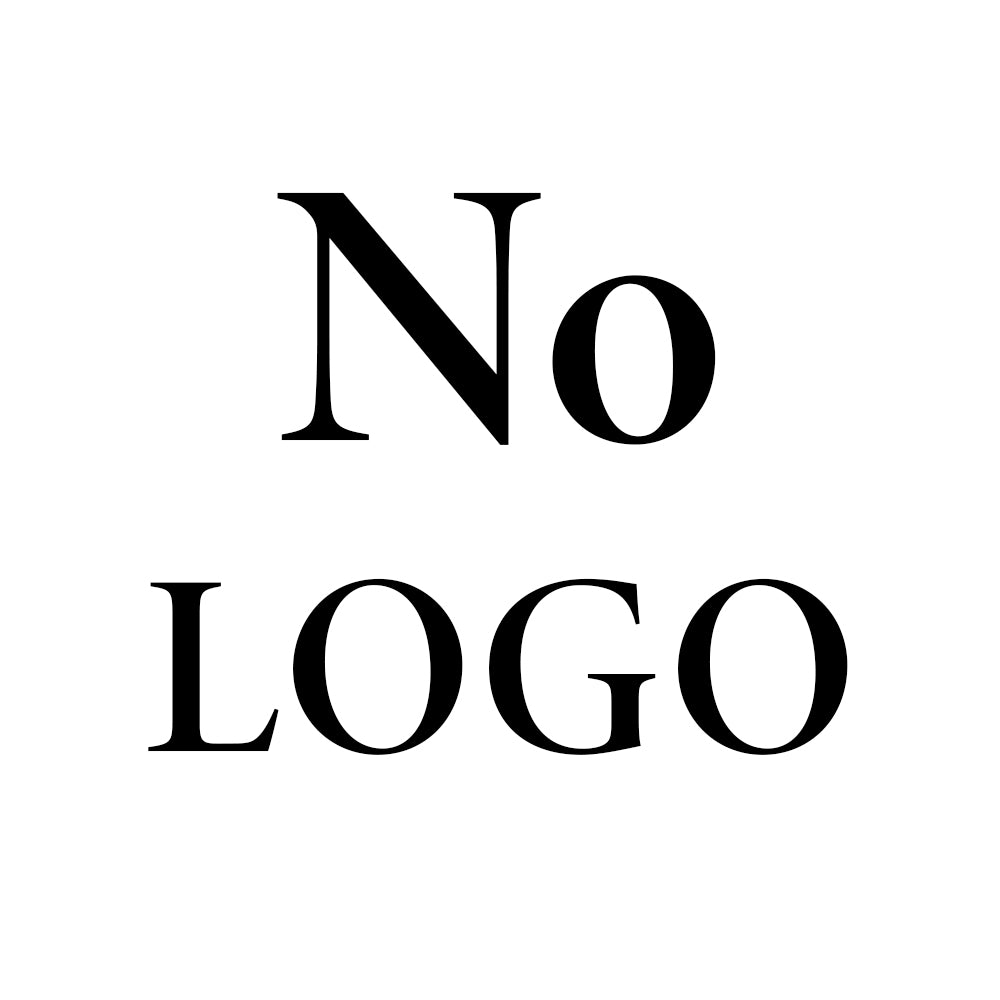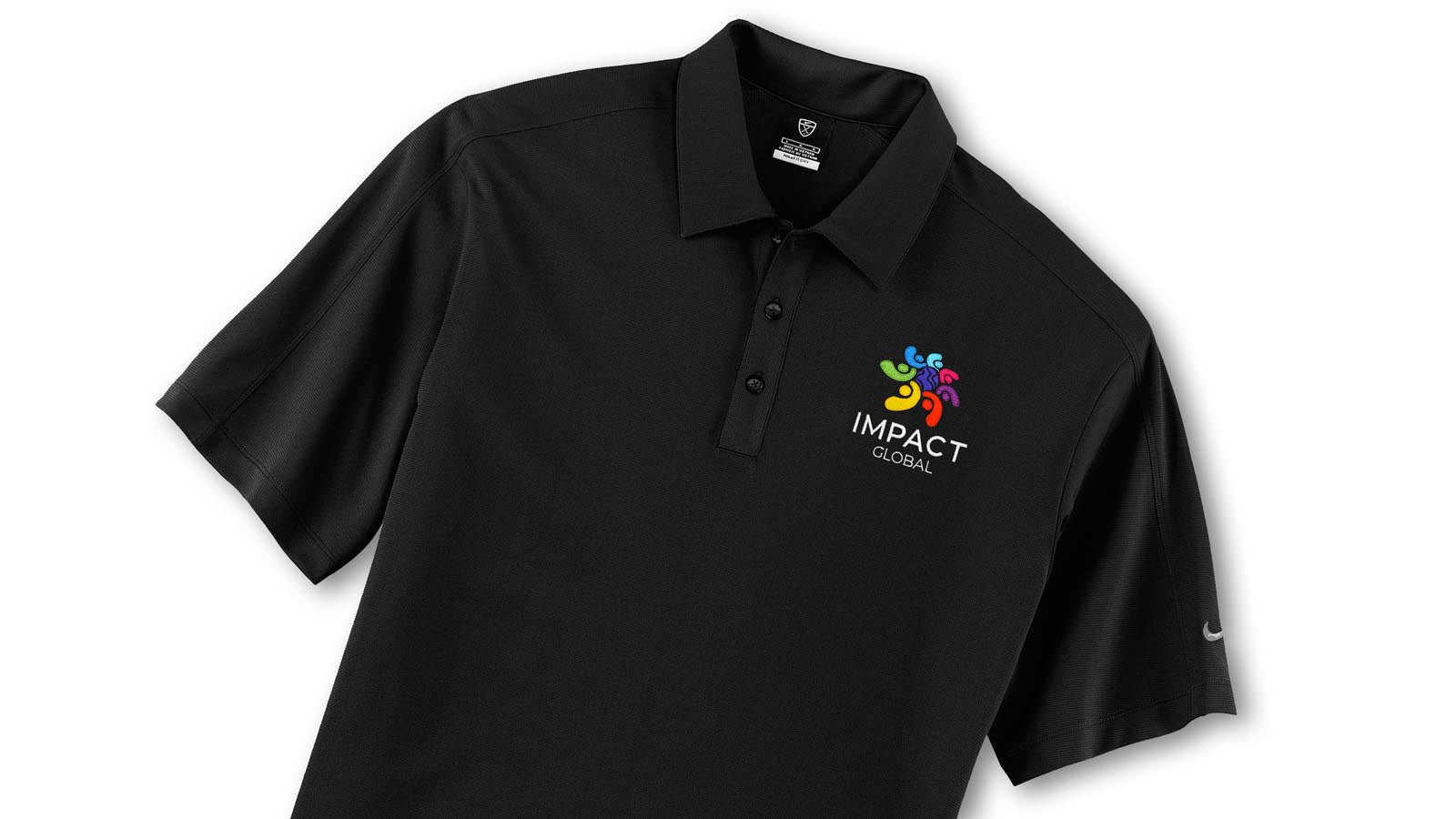The polo shirt is a comfortable, versatile – and most importantly stylish – addition to anyone’s wardrobe. Sporting this classic look works for a wide range of events and activities, from active wear to a day at the office. However, not all polos are equal.
Many organizations choose custom polos for an everyday work uniform, or for a special event. If you’re considering going this route, there are a few tips to keep in mind to make sure everything from the fit, pattern and style work for everyone.
Different Types of Polos
The roots of the polo shirt began in India. In the mid-1800s, British soldiers witnessed a polo game, in which the players were wearing a version of what we now know as a modern-cut polo shirt. John E. Brooks, founder of high-end men’s apparel brand Brooks Brothers, was the one who popularized it in the West, where the style has transformed into the types of the collared shirts we see today.
Polos are a great fashion choice because of their versatility. Various types of polo shirts are available at brand-name and custom clothing companies throughout the country, where you’ll see such styles as:
- Pique Polos

- Cotton Polos

These are made from the same material as basic t-shirts, and are a little more lighter, breathable and better for laid-back occasions.
- Golf polos

Designed for golfers, these polos are made of a form of stretch and moisture-wicking and/or temperature-control fabric.
- Rugby polos

For a bolder style, these polos are more durable and feature wide, horizontal lines, and sometimes a crest or symbol on the chest.
How a Polo Shirt Should Fit
So how should a polo fit? First, avoid a loose, baggy look and opt for something more slim fitting. This offers a more put-together style, shows off more form in your upper body, and avoids making the wearer look bulky. Second, make sure your sleeves aren’t too long, short or wide. They should sit right at halfway between your elbows and shoulders, and you should have just enough space to fit your finger between the sleeve and your bicep. This goes for women and men alike.
Benefits of Embroidery vs. Screen Printed Polos
Whether you’re making custom shirts for a company or friend outing, or shopping around for the best polo shirts, you may notice some styles with embroidered elements and others with screen printed. Each type has their own unique benefits – for example, embroidery lasts longer and can look more professional, but screen printing is more affordable and looks better at scaled up sizes. Your choice will depend on what you’re trying to add to the shirt in terms of detail, as well as your budget.
How to Wear a Polo Shirt
Now that you have a little background and rudimentary information about polos, you’re probably ready to slp into a new shirt and freshen up your style. But, first, let’s dive into the fashion do’s and don’ts when it comes to rocking a polo shirt.
Fashion Do’s:
- Know Your Fabrics: different fabrics work best for different scenarios – for example, avoid wearing the sporty golf polo unless you’re actually out on the links. Cotton polos are fine for laid-back situations, whereas pique can be dressed up for semi-formal situations.
- Tuck for the Occasion: Polo shirts are great because of their versatility, and can be tucked or untucked for a casual or formal style.
- Know What to Wear with a Polo Shirt: While polo shirts can go with just about everything, jeans, khakis, slim-fit shorts and even dress pants are always good combinations to wear with a polo.
Fashion Don’ts:
- Don’t Wear an Undershirt: Polos are meant to be worn as a single base layer, and an undershirt can make your torso look puffy and soft. Plus, you don’t want a white crew neck undershirt sticking out from under your polo. If you do want something underneath, try something that isn’t visible near the neckline.
- Don’t Think of it as a V-Neck: A polo isn’t a V-neck, so keep at least one button secured so you’re not showing a noticeable amount of chest.
- Don’t Go Cheap: While the best polo shirt brands aren’t that cheap, it’s worth it to spend the extra money to keep the wearer looking sharp. By spending a few extra dollars, you’ll receive higher-quality material that looks better and lasts longer.
Where to Wear a Custom Embroidered Polo Shirt
A custom embroidered shirt looks great and will last years, and is a great option for business owners, marketing operators, team sports coaches, non-profit organizers and more. If you’re searching for ways to show off your brand in style, here are the perfect places to wear a custom embroidered polo shirt:
- Networking events
- Trade shows
- Client and customer meetings
- Fundraisers
- Everyday option for the office
- And anywhere else you want to spread your logo!
Conclusion:
Overall, the polo shirt has remained a mainstay of the fashion world, thanks to it’s, versatile, attractive style. Going with a polo helps ensure a classic, put-together look – no matter the occasion.
If you want to turn heads in a new polo shirt, turn to the embroidery specialists at Thread Logic. Our award-winning team has the expertise to provide you with an updated, professional style that better aligns with your brand.


